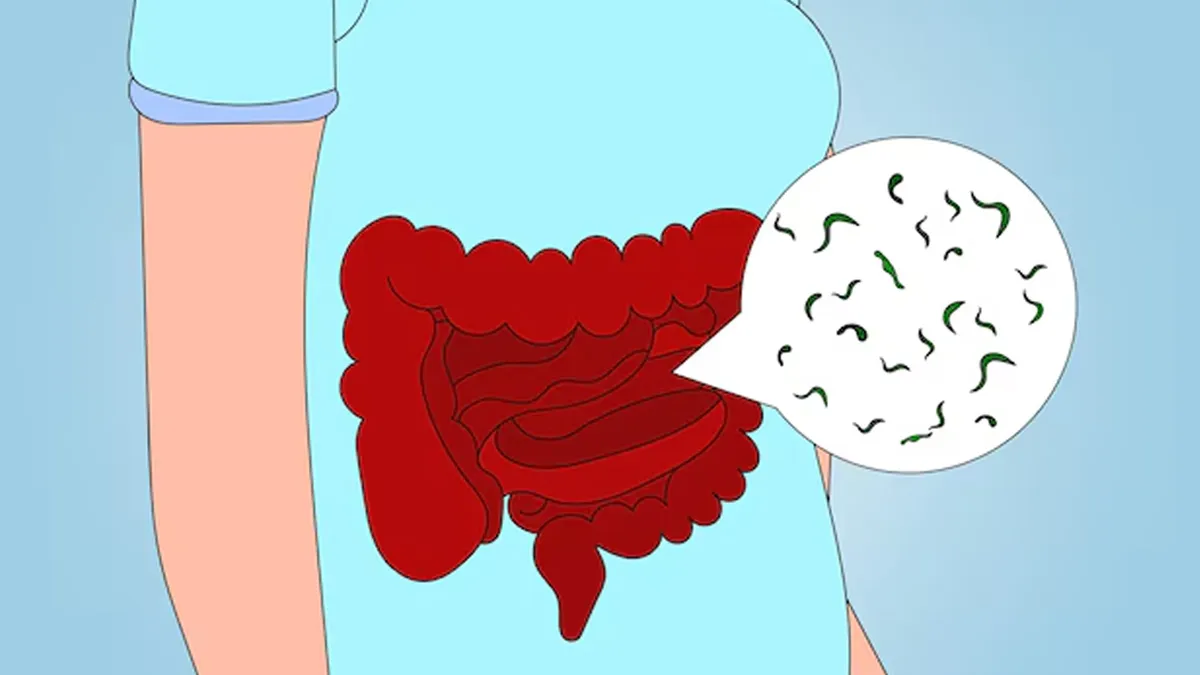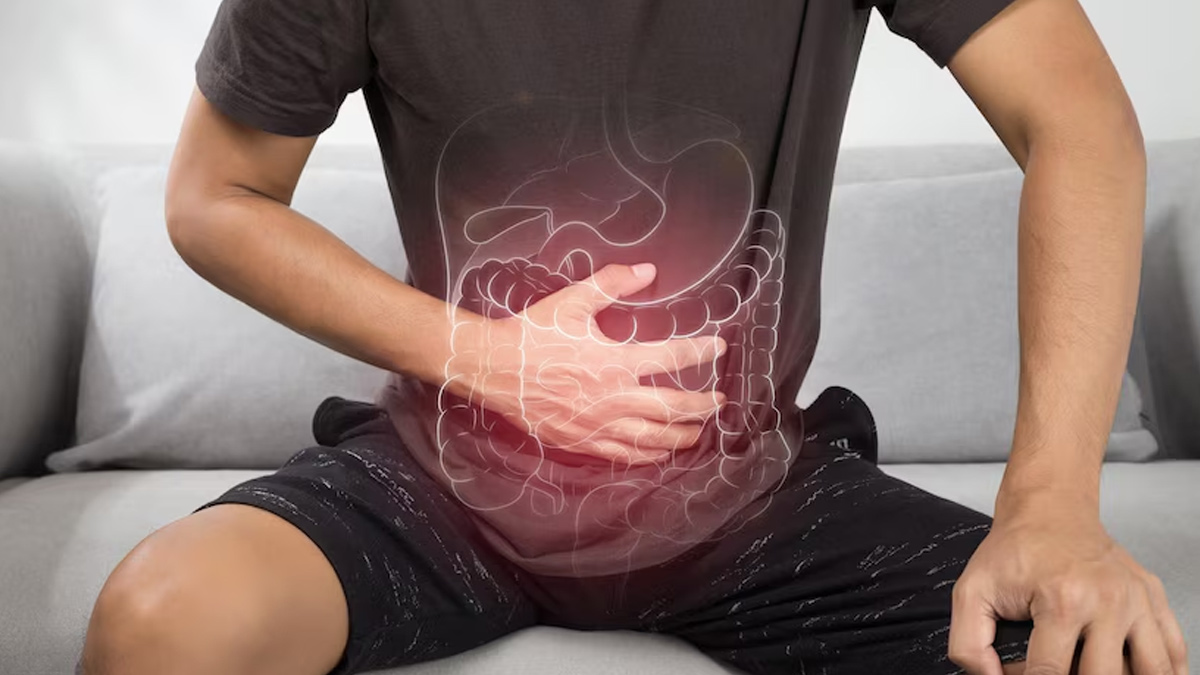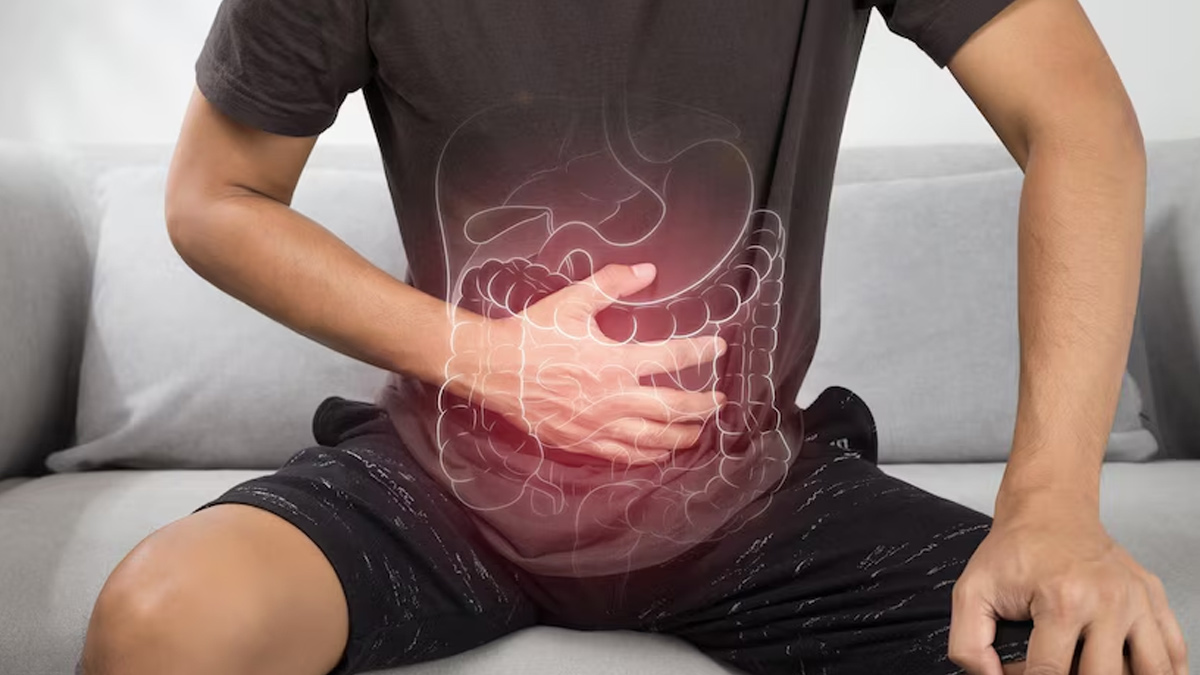
Gut health is integral to our overall well-being, and recent studies show that an overload of gut microbiota often referred to as gut crowding or microbiota dysbiosis can create serious health issues. When microbial populations in the gut reach saturation levels, it disrupts the natural balance, which can negatively impact liver health, trigger inflammation, lead to premature ageing, and alter gut function. Here’s a closer look at gut crowding, its symptoms, causes, and ways to restore balance.
Table of Content:-
What is Gut Crowding?
In a healthy digestive system, diverse bacterial species live in balance, aiding digestion and supporting immune function. However, gut crowding, or microbiota dysbiosis, occurs when certain bacterial populations grow excessively. This imbalance disrupts the gut's natural ecosystem, leading to a wide range of health issues.
To understand more about gut crowding, OnlyMyHealth team interacted with Dr Roohi Pirzada, MBBS, Consultant Physician, Mumbai. Dr Pirzada said, “Gut crowding often signals that the gut environment is overwhelmed by certain strains of bacteria, potentially due to dietary habits or underlying health conditions. This imbalance can strain the body’s regulatory systems, especially the liver and immune response.”
Symptoms of Gut Crowding

The symptoms of gut crowding can vary but often include:
Abdominal Pain: Discomfort or cramping in the abdomen.
Gas and Bloating: Excessive gas and a feeling of fullness.
Diarrhoea or Constipation: Irregular bowel movements are a common sign of dysbiosis.
Blood in Stool: In severe cases, you may notice blood in your stool, indicating intestinal irritation or inflammation.
Weight Loss: Sudden, unexplained weight loss can sometimes accompany gut crowding.
Nausea: Persistent nausea, often accompanied by bloating.
Also read: Gut Inflammation: Treating It With Turmeric, Ginger, And Fennel Seeds
Causes of Gut Crowding

Several factors can contribute to an overloaded gut microbiome:
Leaky Gut Syndrome: When the gut lining becomes permeable, harmful bacteria and toxins can enter the bloodstream, causing inflammation and gut dysbiosis.
Irritable Bowel Syndrome (IBS): This common digestive disorder is often linked to gut microbiota imbalances.
Bowel Obstruction: Any blockage in the intestines can lead to bacterial buildup and microbiome imbalances.
Bloating and Giardiasis: Bacterial and parasitic infections, like giardiasis, can disturb gut microbial populations.
Treatment and Prevention

Fortunately, managing gut crowding involves lifestyle changes and mindful dietary choices. Here are some practical ways to restore gut balance and alleviate symptoms:
Dietary Adjustments
- Avoid Sugars and Processed Foods: Sugars and processed foods fuel the growth of harmful bacteria. Replacing these with whole foods is essential.
- Eat Fiber-Rich Foods: Fibre is a key nutrient for gut health. Dr Pirzada recommends a diet rich in legumes, cereals, vegetables, fruits, and whole grains.
- Include Fermented Foods: Fermented foods, such as yoghurt, kefir, sauerkraut, and kimchi, introduce beneficial bacteria that support a balanced microbiome.
Exercise Regularly: Physical activity supports digestive function and helps regulate gut bacteria.
Manage Stress: Stress has a direct impact on gut health. Incorporating stress-relieving practices like yoga and meditation can improve gut function.
Stay Hydrated: Drinking plenty of water is crucial for maintaining digestion and helps flush out toxins from the body.
Limit Unnecessary Supplements and Antibiotics: Some supplements and medications, especially antibiotics, disrupt gut bacteria. Only take antibiotics when absolutely necessary and under a doctor’s guidance.
Maintain an Alkaline pH: Keeping the body’s pH slightly alkaline (through an alkaline diet rich in vegetables and fruits) can support overall gut health.
Conclusions
Gut crowding is more than a digestive discomfort; it is a sign that the gut microbiome needs rebalancing. Adopting healthy habits, including a fibre-rich diet, exercise, and stress management, can help restore harmony in the gut. Dr Pirzada highlights, “The goal of gut health is balance, not elimination. By taking small but consistent steps, one can regain a healthy, functional gut.” Restoring your gut health may take time, but with dedication, you can alleviate symptoms, improve digestion, and support long-term health.
Also watch this video
How we keep this article up to date:
We work with experts and keep a close eye on the latest in health and wellness. Whenever there is a new research or helpful information, we update our articles with accurate and useful advice.
Current Version